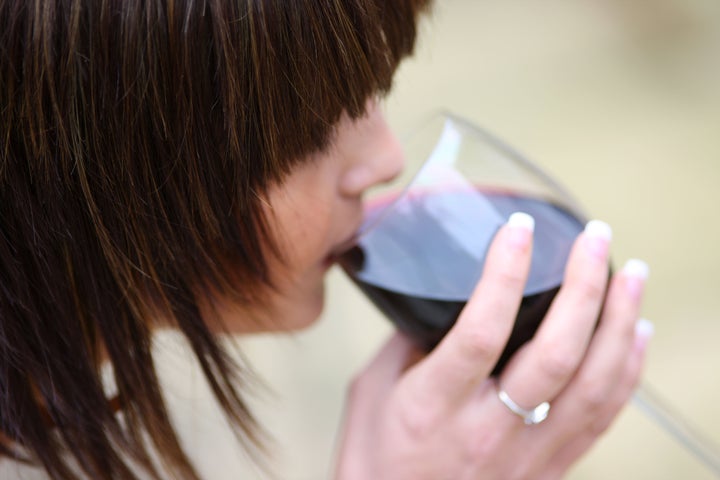
"Cheers to the freakin' weekend.
I drink to that, yeah yeah
Oh let the Jameson sink in I drink to that, yeah yeah
Don't let the bastards get ya down Turn it around with another round
There's a party at the bar everybody put your glasses up and I drink to that I drink to that." Rhianna - Lyrics to "Cheers to That"
Messages about drinking are everywhere you look. Although racy music lyrics are nothing new, the messages in songs have changed from when many of us were younger. For example, a content analysis of song lyrics found that in 1988, 12% of songs referred to either or both alcohol and drugs, compared to 30% in 2008. Moreover, both alcohol and drugs were much more likely to be portrayed positively than negatively, especially in recent decades.
Many TV shows also glorify bad behavior and drinking. In the popular show "Keeping Up With The Kardashians," the mother usually has a glass of alcohol in her hand. A show on the Oxygen Network called "The Bad Girls Club" follows a group of women who were selected to live together because of their inclination for negative behavior, including lots of drinking. One study looked at network television and found that approximately two thirds of prime-time fictional TV shows depicted alcohol with an average of 8 drinking acts per hour. Alcohol companies also target teens by using new media that's interactive, including social networks, viral videos, mobile cell phone updates and downloadable apps. In today's 24/7 media climate, the messages spread quickly and across many platforms.
Kids and teens get all sorts of messages about drinking and drugs from the media -- that it's fun and exciting and its what celebrities and popular people do. But do kids pick up on these messages and does it impact their behavior? The research overwhelmingly indicates that the answer is yes.
The American Psychological Association released an analysis in 2011 that looked at over 80,000 participants ages 16-24, finding a 40% correlation between risk glorifying media content and risk-taking behaviors. Moreover the study found that 56% of the participants showed positive emotions towards risk-taking behaviors. Another study found alcohol related images get children thinking that alcohol is desirable, as young as 3rd grade! And no wonder. The alcohol industry spent $1.7 billion in media advertising in 2009!
On social networking sites (SNS), a study found that over 50% of 17-20 year underage drinkers posted drinking-related messages with text or images. Here are some examples of what they posted (let's hope their future employers don't see these):
"Here's me in this pic, blacked out drunk at 8 am."
"I was so drunk I dont remember leaving that party.""I dont remember that, I was pretty drunk.
"Whoa, I blacked out last night."
"I saw that picture and realized I dont remember that part of last night."
"How could I remember that? I'm never sober."
An important difference between SNSs and other media is that the content is created and displayed by one's peers. Because one tends to identify with and imitate one's peers, these sites are potentially an even more important source of influence on adolescent alcohol use. Moreover, alcohol advertising can reach younger consumers in a more direct way, as it is more difficult to control who accesses what online. Many alcohol brands even create their own pages that anyone, including children on the sites, can follow.
And although parents seem to retain important influence on fundamental issues such as religion, morality and education, peers may have a stronger influence on issues of personal style, popular culture and antisocial behavior: link here. Tweens start getting influenced by messages outside of their homes and thus become active consumers of cultural messages and values, largely through media and interactions with peers.
So what can parents and teachers do?
One solution is to limit the amount of messages about substances that children consume. Common Sense Media's website, for example, actually lists how much drinking, smoking and drugs are on tv shows, movies, videogames and more.
It is also extremely important thing to talk to your kids; most studies show that children overestimate the degree to which "everyone else" is doing it -- help them find positive role models. Finally, think about what you do yourself, what kind of messages are you sending by your own actions.
For more suggestions on how to mediate the messages in media that children consume, click here.
Talk adapted from speech given by Yalda T. Uhls at Freedom Institute in NYC on March 7, 2012.